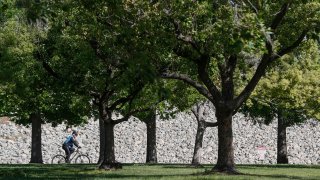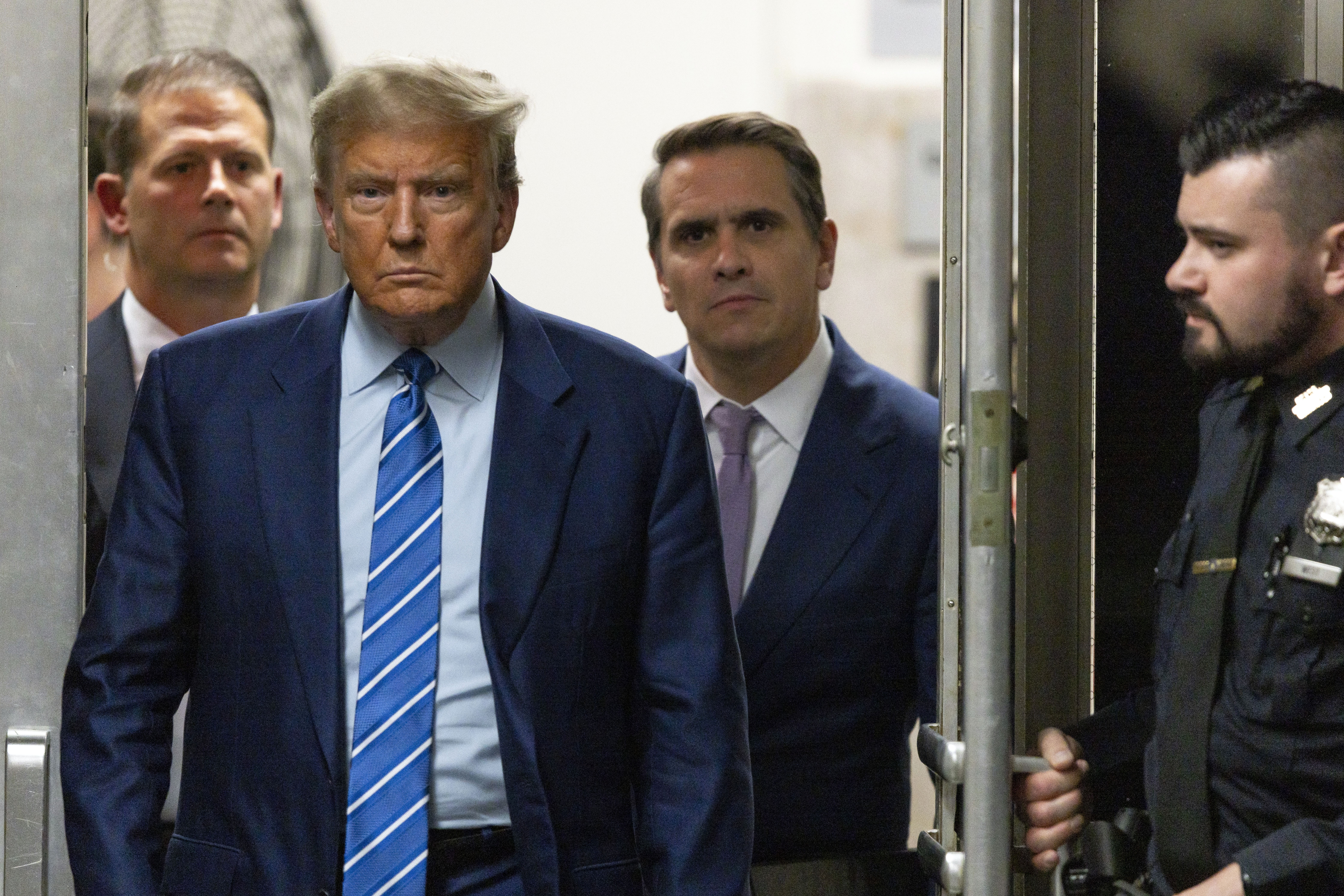
Many major American cities, including Los Angeles, Denver, Phoenix, Chicago and Boston are working to bridge the equity gap in major tree canopy coverage through volunteer tree-planting events, community partnerships and green job programs.
Extreme heat in cities is a major issue around the world, and underserved urban communities can be at particular risk because of urban heat island effect, which is when an area traps more heat due to the lack of green space and a higher density of pavement and buildings. It’s a growing problem in a warming world — extreme heat is already the deadliest weather-related hazard in the U.S.
Get Connecticut local news, weather forecasts and entertainment stories to your inbox. Sign up for NBC Connecticut newsletters.
This has brought renewed scrutiny to the lack of green space in many poor urban areas. Research shows that historically redlined communities, which are Black and brown communities that recieved little investment due to discriminatory practices, face more extreme heat threats largely due to the lack of tree canopy.
Tree canopy coverage can significantly decrease temperatures, sometimes by almost 10 degrees Fahrenheit, which can help in certain communities where the average temperature is close to 90 degrees Fahrenheit in the summertime. A recent study from the International Journal of Biometeorology found that 1 in 4 lives in Los Angeles could be saved during extreme heat events when there is more tree canopy, as well as other cooling methods in place.
Read the full story on NBCNews.com.



